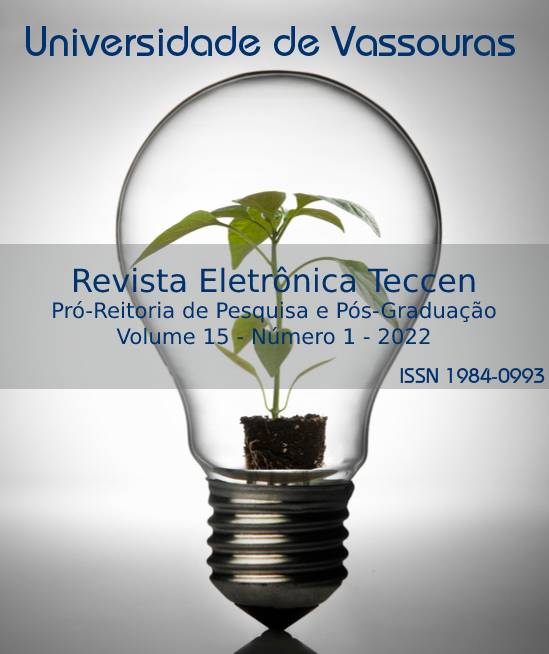Trends in Analytical Methods for Analysis of Tobacco Products: An Overview
DOI:
https://doi.org/10.21727/teccen.v15i1.3117Resumo
Abstract. Currently, due to the strong trends in policies to reduce smoking, several concerns related to quality control and regulation of tobacco products have been raised, as a great variety of products are available to consumers in the market. Considering that development of robust and selective analytical methods for tobacco and derivative products has been an important and necessary task over the years, however laborious, due to the complexity of the matrices. This work presents an overview of advances, innovation, and trends in analytical methods, focused on the chromatographic analysis of nicotine, tobacco-specific nitrosamines (TSNAs), humectants, pesticides, polycyclic aromatic hydrocarbons (PAHs) and sugars in different tobacco products. Gas chromatography (GC) coupled with different detectors is widely used to analyze nicotine, humectants and TSNAs in tobacco leaves and derivative products, while liquid chromatography-tandem mass spectrometry (LC-MS/MS) has been frequently used to analyze TSNAs in mainstream cigarette smoke and smokeless tobacco products. Pesticides were mainly analyzed in tobacco using GC or LC coupled with mass detector (MS), while PAHs and sugars were generally analyzed in tobacco and smoke using LC-MS and GC-MS techniques, respectively. In addition to already established methods and despite the lack of a worldwide standardization of methods, significant efforts have been made to develop analytical procedures for a wide variety of tobacco products, with a broad range of innovative chromatographic methods available. In this sense, a potential trend is the possibility of simultaneous determination of multiple components aiming to reduce the analysis time. The present study examined the main works that developed or improved analytical methods for identifying and quantifying priority compounds in different tobacco matrices and aims to contribute to future research with this objective, in addition, to promoting standardization of technical terms used in this analytical area. It is noteworthy that some of the methods mentioned here have not been validated and further studies are needed in order to obtain reproducible analytical methods for regulatory purposes.
Keywords: chromatography analyses; tobacco leaves; cigarette; cigarette smoke; smokeless tobacco products.
Downloads
Downloads
Publicado
Edição
Seção
Licença
Copyright (c) 2022 Gislaine Natiele dos Santos Costa, Bruna Gomes Vasconcelos, Tayná de Souza Vargas de Moura, Vivianne Galvão Martins, Simone Carvalho Chiapetta

Este trabalho está licenciado sob uma licença Creative Commons Attribution 4.0 International License.
Autores que publicam nesta revista concordam com os seguintes termos:
Autores mantém os direitos autorais e concedem à revista o direito de primeira publicação, com o artigo simultaneamente licenciado sob a Licença Creative Commons Creative Commons CC BY que permite o compartilhamento do trabalho com reconhecimento da autoria e publicação inicial nesta revista. Esta licença permite que outros distribuam, remixem, adaptem e criem a partir do seu trabalho, mesmo para fins comerciais, desde que lhe atribuam o devido crédito pela criação original. É a licença mais flexível de todas as licenças disponíveis. É recomendada para maximizar a disseminação e uso dos materiais licenciados.
Autores têm autorização para assumir contratos adicionais separadamente, para distribuição não-exclusiva da versão do trabalho publicada nesta revista (ex.: publicar em repositório institucional ou como capítulo de livro), com reconhecimento de autoria e publicação inicial nesta revista.
Ver o texto legal da licença em: https://creativecommons.org/licenses/by/4.0/












